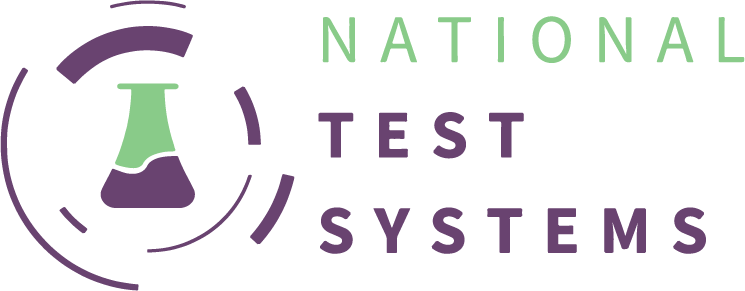
Kratom: Mitragyna Speciosa
Kratom (Mitragyna Speciosa)
KRA
What is Kratom?
Kratom, or Mitragyna speciosa, is a tropical tree within the coffee family, native to South East Asia, and has been used for centuries as a natural remedy for a variety of different ailments. The leaves of the the tree are often crushed into a fine powder and mixed with water, like a tea, or put into gel capsules and then consumed for the desired effects. Currently there is no instant diagnostic Point-of-Care test that meets our standards of quality, accuracy, and consistency and while we are working hard to find a solution, we can provide Kratom lab testing that will provide reliable results.
Cut-Off Levels (ng/mL)
200 ng/mL (Urine)
Window of Detection
1 – 3 Days (Urine)
How is it Used?
Typically Kratom leaves are crushed into a fine powder and is consumed by oral ingestion in the form of capsules, tea, or extract. The leaves can also be chewed.
What are the Effects?
In low doses, Kratom, will often produce stimulant “like” effects, similar to that of caffeine, with symptoms of increased alertness and energy. When Kratom is taken in high does, often users will experience sedative “like” effects and have been compared similarly to the effects of Opioids.
Common Symptoms
- Nausea
- Itching
- Sweating
- Dry Mouth
- Constipation
- Increased Urination
- Tachycardia
- Vomiting
- Drowsiness
- Loss of Appetite
- Anorexia
- Weight Loss
- Insomnia
Common Street Names
- Herbal K
- Hanging with Tom
- Tom Bombs
- Kray Kray
- Kray Town
- Kraymer’s
What does it Look Like?
Greenish or yellowish brown to grey powder.
Legal Status
Kratom is not controlled under the Federal Controlled Substances Act and remains legal, although some states have banned and criminalized the manufacture, distribution, and possession of Kratom and products containing Kratom. Kratom is readily available for purchase and has become highly desired among people suffering from drug addiction or those recovering from drug addiction. Users have claimed that Kratom can help ease the symptoms of Opioid withdrawal, anxiety, and stress. However, there might be potential for abuse because of the “sedative like” effects Kratom can produce. There is an on-going debate over the legality and use of Kratom as a natural alternative to certain pain and anxiety medications. No matter the legal status or fate of Kratom, we are fully aware of the need for testing.
Testing Options
- Integrated Urine Test Cup
- Urine Test Dip Card

Contact us
Call Us
1-866-989-9300
Email Us
info@ntsbiz.com
Our Location
550 NW 77th Street
Boca Raton, FL 33487
